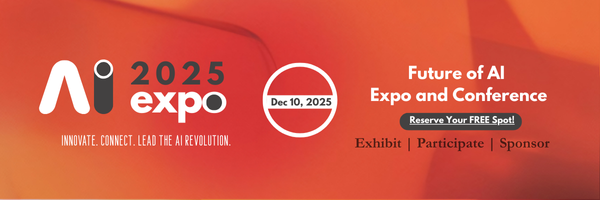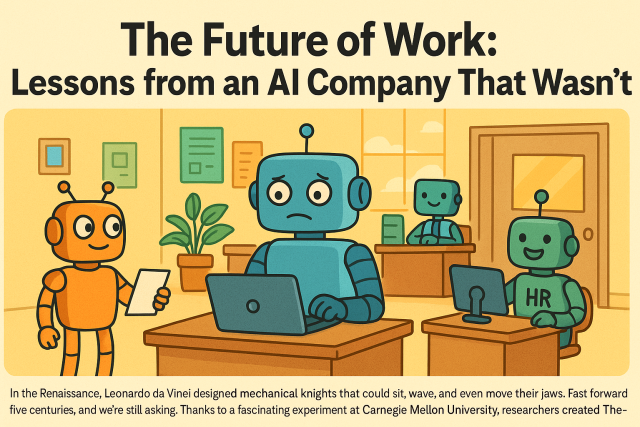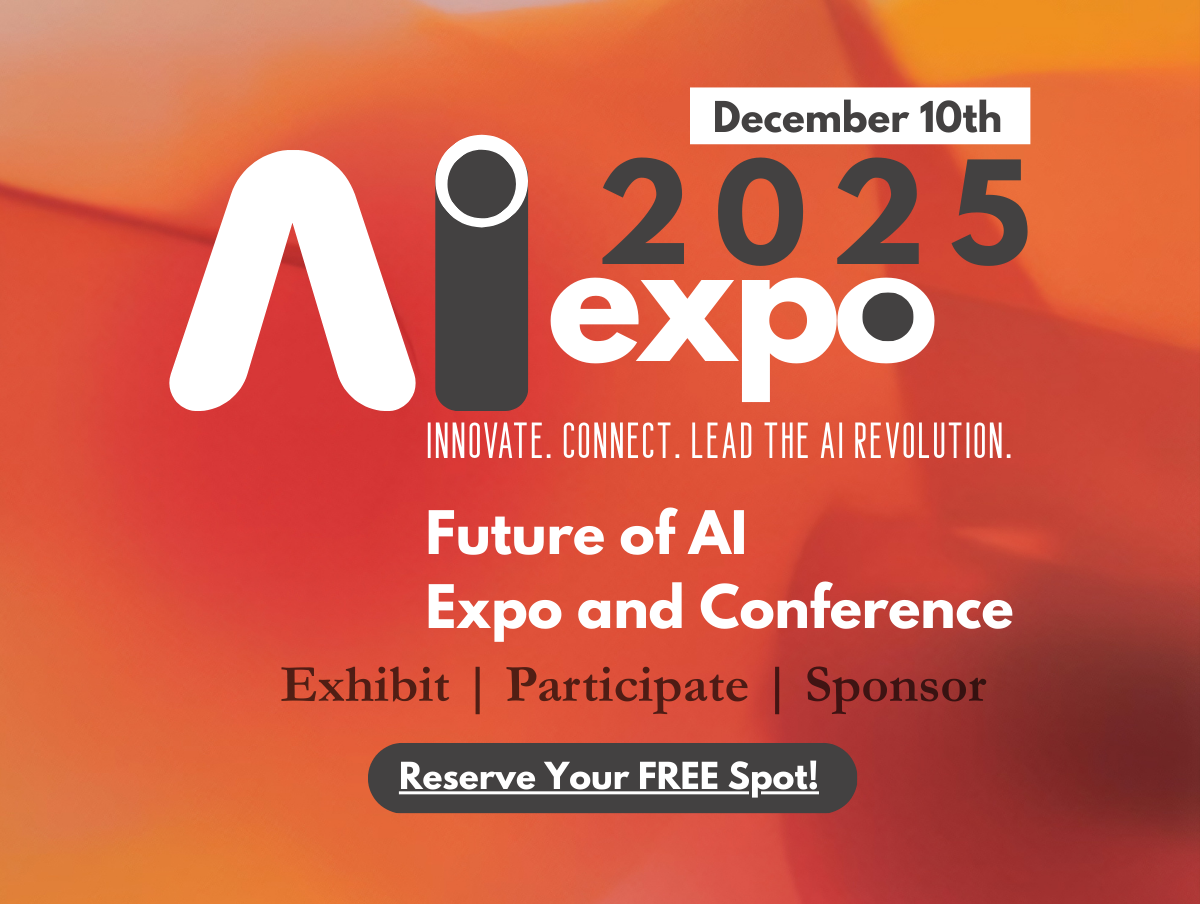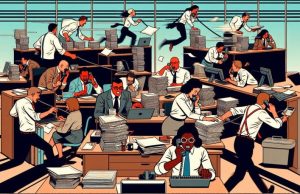🇨🇦 Canada Chooses Adaptability: Mark Carney Ushers in a New Era: HAPI Analysis
History often hinges on moments when a nation chooses not fear, nor nostalgia — but courage, renewal, and adaptability. Today, Canada made such a choice.
Amid global instability, economic headwinds, and external threats to sovereignty, Canadians voted for steady hands, clear vision, and future resilience by electing Mark Carney as their new Prime Minister.
We warmly congratulate all Canadians on this pivotal moment. 🇨🇦 It is a victory not just of a political movement, but of a mindset — one that embraces complexity, values principled leadership, and prepares boldly for what lies ahead.
Yet with every new beginning comes an opportunity — and a responsibility — to look deeper:
How well is Canada positioned to adapt to the future challenges that will surely come? What does Mark Carney’s leadership truly signal in terms of adaptability, innovation, and national strength?
To explore these questions, we turn to a scientific framework designed for exactly such moments of inflection: the Human Adaptability and Potential Index (HAPI).
Let’s take a closer look — through the lens of HAPI — at the strengths, opportunities, and transformative potential embodied in Mark Carney’s leadership.
🔍 Let’s Do a Deep Analysis: A HAPI Assessment of Mark Carney’s Leadership
Using the Human Adaptability and Potential Index (HAPI) framework — the world’s emerging gold standard for assessing leadership resilience — we can analyze Carney’s leadership across five dimensions: Cognitive Adaptability, Emotional Adaptability, Behavioral Adaptability, Social Adaptability, and Growth Potential.
Here’s what we found:
1. Cognitive Adaptability (19/20) — Strategic Mastermind
Mark Carney embodies cognitive adaptability at its finest. Transitioning from global finance leadership (Governor of the Bank of Canada and the Bank of England) into the volatile world of politics is no small feat — especially in an election dominated by nationalism, trade wars, and annexation threats.
- Learning Agility: Carney quickly grasped the nuances of retail politics and election dynamics, tailoring complex economic messaging into clear, relatable narratives (“building Canada again,” “defending sovereignty”).
- Crisis Management: His calm under Brexit and the 2008 financial crisis translated into a confident navigation of Trump’s aggressive tariff and annexation provocations.
Verdict: Carney’s mind is wired for adaptability. His cognitive flexibility positions Canada to outmaneuver future shocks.
2. Emotional Adaptability (16/20) — Calm but Technocratic
Emotional adaptability — resilience under pressure — was a mixed story.
- Strengths: Throughout relentless personal attacks branding him “an elitist,” Carney stayed composed, focusing public discourse on facts and national dignity. His emotional regulation allowed him to maintain momentum during turbulent debates.
- Limitations: However, his cool demeanor occasionally translated into a technocratic distance. Where populist opponents stirred emotional fervor, Carney’s clinical style risked feeling detached to voters outside metropolitan centers.
Verdict: Strong resilience under pressure, but further emotional connectivity could deepen national engagement.
3. Behavioral Adaptability (18/20) — A Quick Learner in Retail Politics
From private banker to campaign trail warrior, Carney’s behavioral adaptability shone.
- Innovation: He quickly pivoted to grassroots campaigning — showing up in small towns like Gander, invoking shared Canada-US history (e.g., 9/11 solidarity), reinforcing trust.
- Tactical Shifts: Recognized early that nationalism (not merely economics) would define this election — adjusting messaging accordingly.
Verdict: His rapid behavioral learning curve signals a leadership capable of reshaping itself alongside Canada’s evolving political and economic landscapes.
4. Social Adaptability (15/20) — Bridging the Gaps
Social adaptability — connecting across diverse communities — is a work in progress.
- Strengths: Carney leveraged his international network and reputation to build coalitions among centrists, progressives, and pragmatic conservatives.
- Challenges: Breaking through to hard-hit rural communities and skeptics of elite leadership remains a longer-term challenge requiring more grassroots immersion.
Verdict: Carney is an integrative leader in macro terms; at the micro-social level, further authentic local engagement would bolster his national fabric.
5. Growth Potential (20/20) — A Rare, High-Altitude Leader
Mark Carney’s growth potential is undeniable.
- Visionary Expansion: His platform goes beyond short-term recovery — focusing on building domestic manufacturing, green energy sectors, and resilient trade alternatives.
- Adaptation Engine: He brings not just experience, but an ability to continuously learn, pivot, and scale leadership capacities for the challenges of 2030 and beyond.
Verdict: Carney’s growth mindset, honed across financial crises and geopolitical turbulence, primes Canada for sustained success.
🧭 Closing Thoughts: A Leader Built for the Future
The HAPI framework reveals that Mark Carney is not merely a crisis manager or economic expert — he is an exceptionally adaptable leader poised to navigate Canada through a new era of complexity and opportunity.
His cognitive strength, resilience under pressure, and behavioral agility offer Canada a firm foundation at a time when nations must evolve faster than ever before. At the same time, the analysis highlights a clear opportunity: Carney’s success — and Canada’s — will depend on translating elite competence into deep, everyday connection with all Canadians.
An HAPI score of 88/100 is not just a number — it is a signal. It signals that Canada now has a leader with the rare capacity to adapt, grow, and lead a nation into a more sovereign, innovative, and resilient future.
Yet leadership is only part of the equation.
The next question is larger: How can Canada as a whole — its workforce, its industries, its communities — match this adaptability, and seize this pivotal moment in history?
In the next section, we’ll explore what else is needed to fully “seal the deal” and ensure Canada not only survives — but thrives — in the years ahead.
🌟 Part 2: Beyond Victory — What Canada Must Build Next
Mark Carney’s election represents a pivotal turning point for Canada. Yet while the choice of leadership is critical, the reality is clear: no leader, however capable, can singlehandedly secure a nation’s future.
The true test now lies ahead. Will Canada rise to match the adaptability, innovation, and resilience its new Prime Minister embodies?
Using the HAPI framework, which analyzes human systems across cognitive, emotional, behavioral, social, and growth adaptability, it becomes evident that several crucial gaps still need urgent attention if Canada is to truly “seal the deal” on a bright, sovereign future.
1. Cognitive Adaptability: The Skills Revolution Canada Must Lead
Canada stands at a crossroads where industries built for a 20th-century economy — traditional manufacturing, resource extraction, low-complexity services — must evolve or risk obsolescence.
While Carney’s leadership signals strategic foresight, the average Canadian workforce is not yet ready for the AI-driven, climate-adapted, globally competitive economy of the 2030s.
The response must be nothing short of a skills revolution: Rapid reskilling programs, national digital literacy campaigns, and industrial partnerships that prioritize learning agility over static credentials. Canada must move from protecting old jobs to creating new futures — turning displaced industries into green energy hubs, AI innovation centers, and export-driven creative economies.
The winners of the next decade will not be those who resist change, but those who master it. Canada must position itself at the vanguard.
2. Emotional Adaptability: Turning Anxiety into National Resilience
Trump’s tariffs, annexation rhetoric, and economic pressures have seeded anxiety deep into Canadian society. Many citizens feel the ground shifting beneath their feet — questioning national security, economic stability, and even identity.
Yet emotional adaptability — the ability to regulate fear, remain resilient under uncertainty, and maintain collective optimism — is precisely what will determine Canada’s ability to move forward without fracturing.
It is time for national resilience initiatives: Embedding mental health support into workforce policies, normalizing resilience training in schools, and promoting public narratives that frame change as part of Canada’s proud tradition of reinvention — from Confederation to free trade to digital leadership.
Resilient citizens are the bedrock of an adaptable nation. Canada must invest heavily not just in infrastructure and industry, but in the emotional strength of its people.
3. Behavioral Adaptability: Breaking the Chains of Outdated Systems
Institutions that were once sources of stability — bureaucracies, traditional industries, legacy educational systems — today risk becoming anchors that prevent progress.
Canada must foster a new culture of behavioral adaptability — not only encouraging but rewarding experimentation, iteration, and agility within government, industry, and civil society.
This means empowering public servants to prototype new policies faster. It means offering businesses incentives not for compliance, but for innovation. It means measuring success not by adherence to tradition, but by the speed and effectiveness of adaptation.
Behavioral adaptability will determine whether Canada moves quickly enough to capitalize on new opportunities — or whether it is left trying to catch up to more nimble economies.
4. Social Adaptability: Healing Divides, Building Cohesion
The election itself revealed an undercurrent of division: urban versus rural, east versus west, traditionalists versus progressives.
Political polarization is not just a cultural threat; it is an adaptability threat. When societies become rigidly divided, they lose their capacity for collective learning, collaborative innovation, and fast consensus in moments of crisis.
Canada must now invest in social adaptability — creating new “commons” where citizens from all walks of life engage meaningfully across ideological lines.
Permanent citizen assemblies, cross-community leadership programs, and national dialogues on sovereignty, identity, and future-building could act as societal shock absorbers, ensuring that in times of turbulence, Canadians move closer together — not further apart.
5. Growth Potential: Reimagining Canada’s Future Pipeline
Finally, perhaps the deepest opportunity lies in reengineering Canada’s entire system for long-term growth.
Immigration must not simply fill short-term labor gaps — it must strategically build Canada’s adaptability base by selecting, developing, and retaining individuals who embody learning agility, entrepreneurial spirit, and global citizenship.
Education must evolve beyond technical skill delivery toward fostering curiosity, critical thinking, and lifelong learning as core competencies.
And national policies must be designed with an eye not just to today’s competitiveness, but to building institutions and infrastructures that can flex, pivot, and scale in response to future unknowns.
Canada’s future strength will come not from attempting to predict every future scenario, but from engineering a society capable of thriving no matter what the future brings.
🛤 The Road Ahead: A Call to Collective Adaptation
Mark Carney’s leadership offers Canada an extraordinary foundation: stability, foresight, and global credibility. But the mission ahead demands something larger — a nationwide movement to cultivate adaptability at every level of Canadian life.
From schools to boardrooms, from Parliament to small towns, from established industries to next-generation startups, adaptability must become Canada’s shared national project.
Because resilience is not built overnight. It is forged — deliberately — by choices made every day: to learn, to flex, to grow, and to build anew.
And if Canada embraces this moment fully, it will not just defend its sovereignty against external threats. It will define a new model of sovereign adaptability for the entire world.
🇨🇦 A Final Word: Canada as the Architect of the Future
Canada now stands not merely as a responder to global forces — but as a creator of new possibilities.
With Mark Carney’s leadership lighting the way, and with a people ready to embrace adaptability as a national strength, Canada has a rare opportunity: to move beyond survival, beyond resistance, and into true reinvention.
This is not about holding the line. It is about drawing new lines — for prosperity, sovereignty, innovation, and unity — that the rest of the world will follow.
Canada is not merely reacting to history. With courage, adaptability, and vision, Canada is about to make it.
The next chapter begins — and it will be written by those bold enough to adapt, and daring enough to lead.
































